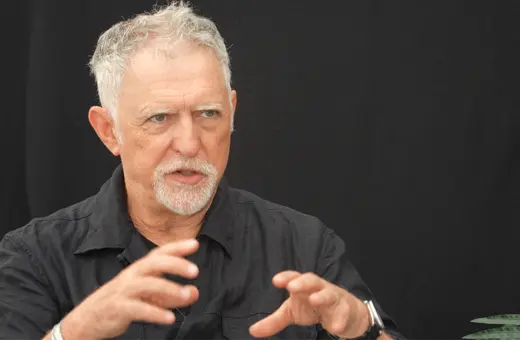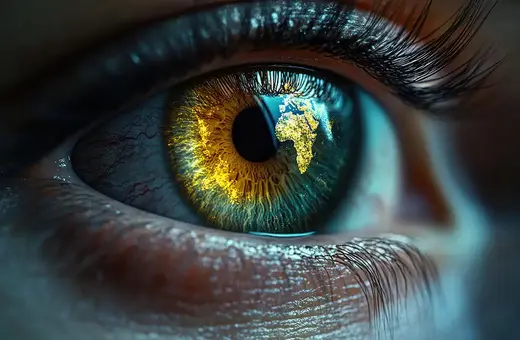The search for “alien” intelligences isn’t only looking to outer space: some biologists are convinced that weird and wonderful forms of intelligence already exist right here on earth, and that they hold the key to understanding intelligence itself. In the first of a two part series, Michael Levin tries to shake us out of any assumption that intelligent beings must be embodied in a conventional way. Instead, he suggests, patterns in a medium might be intelligent, and any distinction between thinkers and thoughts is in the eye of the beholder. Read part two of our series here.
SETI, the Search for Extraterrestrial Intelligence, is a scientific endeavor with two key things going for it. First, it would have obvious and enormous impacts on our world if it were to succeed. And second, regardless of whether any extraterrestrial intelligence is found, it’s fascinating in and of itself because it forces us to ask fundamental questions in science and philosophy:
While we don’t know when we might confront extra-terrestrial intelligence, these same questions are starkly posed by the emerging field of Diverse Intelligence, an interdisciplinary effort to develop frameworks with which to recognize, build, and ethically relate to intelligences in novel embodiments. These include swarms, software AIs, embodied autonomous robotics, basal cognition of non-brainy life forms (from cells to organs), synthetic biological life forms, and all manner of chimeras, hybrids, hybrots, and other fusions of evolved and engineered components.
___
Right here on Earth, there are already “aliens” among us that stretch and often break our familiar ways of thinking about Self and Other.
___
We now find ourselves engaged in an endeavor that I like to call SUTI, the Search for Unconventional Terrestrial Intelligence. I believe that truly, right here on Earth, there are already “aliens” among us that stretch and often break our familiar ways of thinking about Self and Other.
But this article is not about aliens, or extraterrestrial intelligence, or even Diverse Intelligence (or basal cognition) as currently practiced. I want to get much weirder than that, and push the boundaries further, in our attempts to understand embodied minds.
There are many parameters along which intelligences may be unfamiliar and hard to recognize: their material, their origin story, their scales of both size and time, and more. But here I’d like to focus on one parameter that’s especially interesting and (thus far) unbreachable: the apparent distinction between persistent patterns in a medium and what we would consider to be proper physical beings.






















Join the conversation